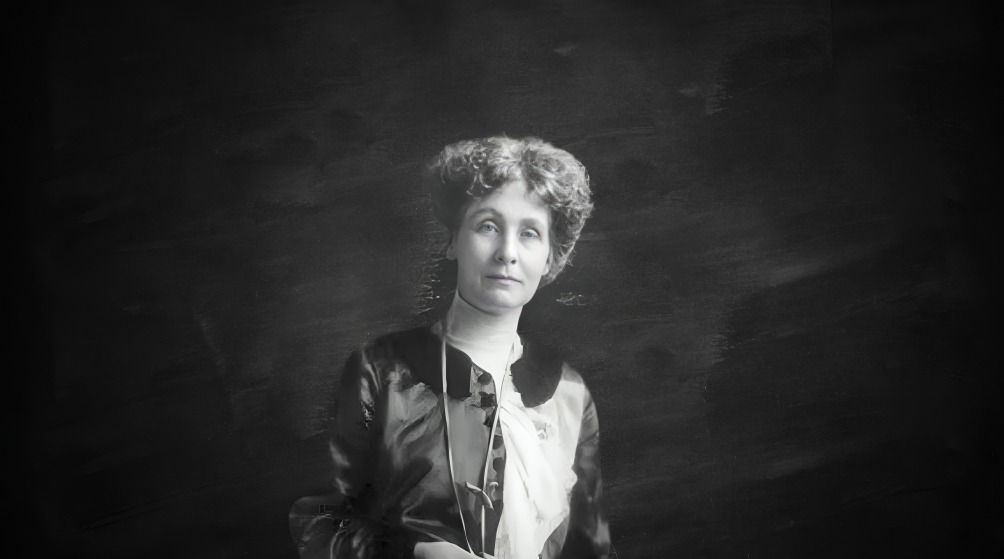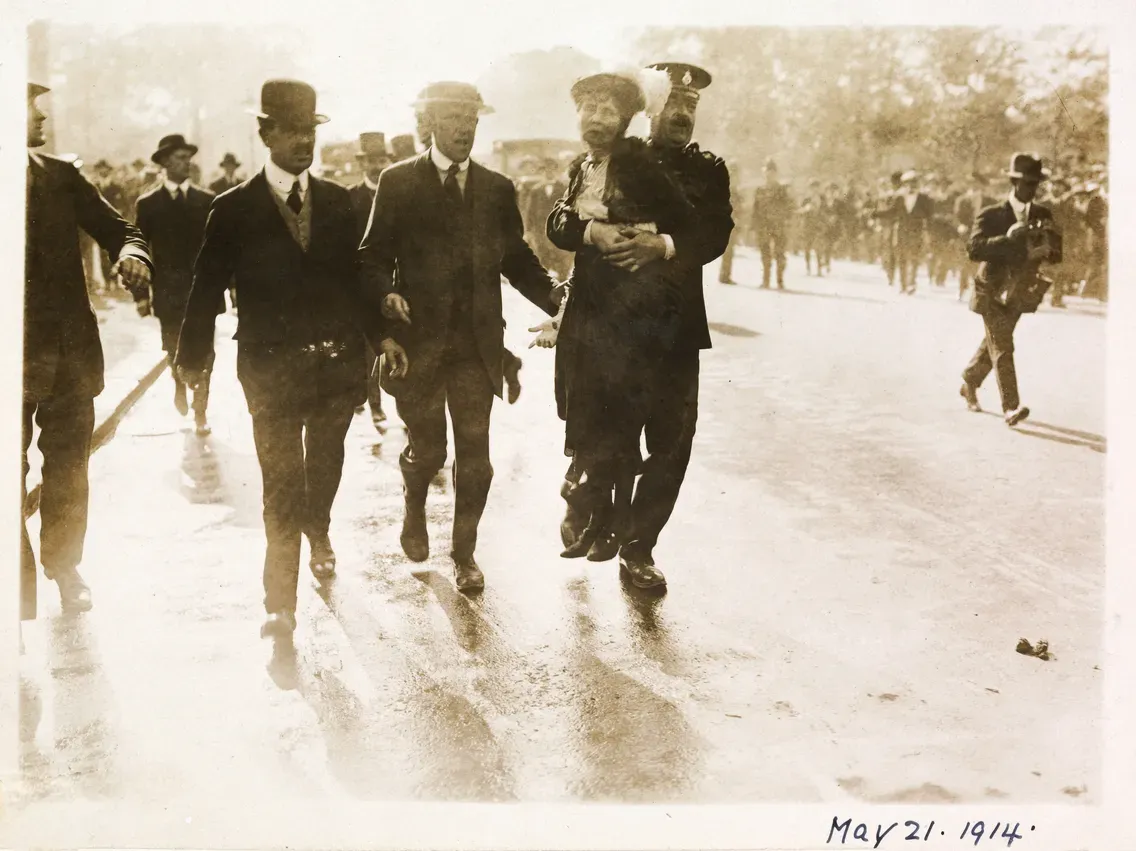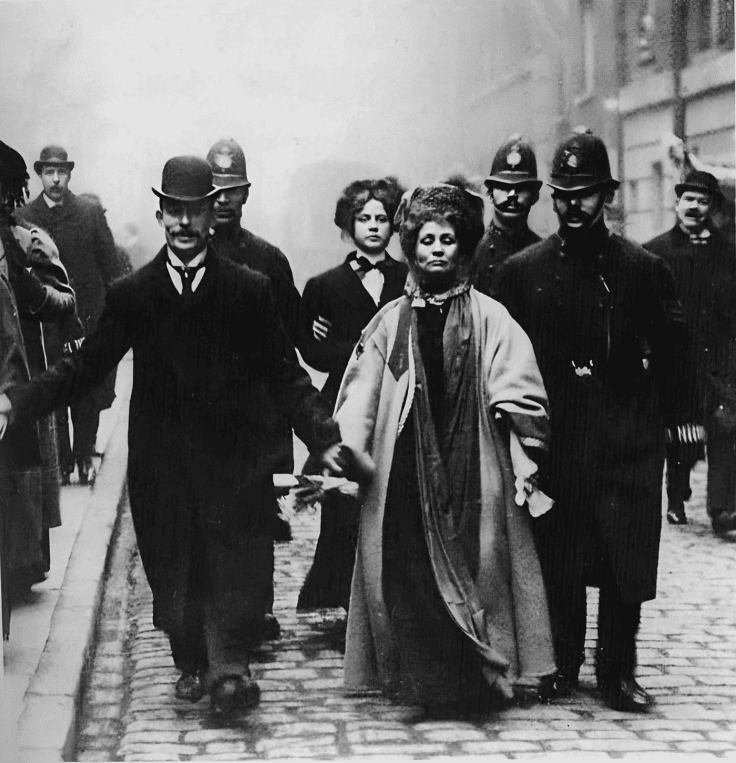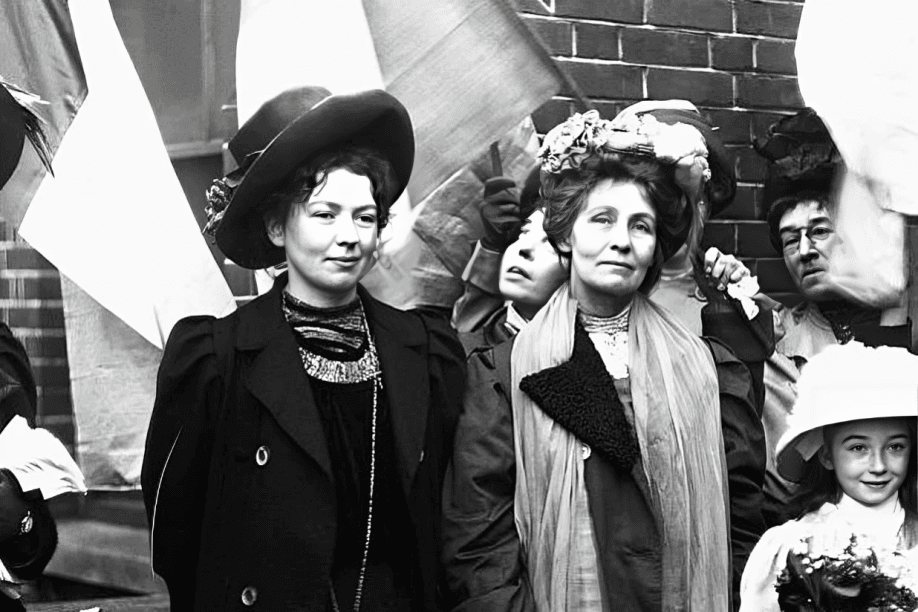
“
Emmeline Pankhurst, a fearless campaigner for women's suffrage, transformed the fight for equality in Britain and beyond. As the founder of the Women's Social and Political Union (WSPU), she spearheaded a movement that demanded change through bold and often controversial actions. Her determination, leadership, and vision not only brought the cause of women's voting rights to the forefront but also left an indelible mark on history. In this blog, we explore 20 surprising facts about Emmeline Pankhurst, shedding light on her life, struggles, and legacy. Join us in celebrating the inspiring journey of this remarkable suffragette.1
1
”
Emmeline Pankhurst was deeply influenced by her father’s activism, which fueled her lifelong commitment to women’s rights and social change, helping her become a key leader in the suffrage movement. 1
In 1903, Pankhurst founded the Women's Social and Political Union (WSPU), driving the suffrage movement forward with bold protests and sometimes militant tactics for women's right to vote. 2
As leader of the WSPU, Pankhurst used protests, hunger strikes, and civil disobedience to demand the government recognize women’s rights, challenging the norms of early 20th-century Britain. 3

Pankhurst endured multiple arrests and force-feeding while on hunger strikes, using these painful experiences as a means to protest the government's refusal to grant women the right to vote.
Emmeline was not alone in her activism—her daughters Christabel and Sylvia played pivotal roles in the suffragette movement, with Christabel becoming a leading figure in the WSPU and Sylvia advocating for broader social issues. 4
Pankhurst's commitment to the cause resulted in many imprisonments, yet her resolve never wavered. She endured countless hardships, including force-feeding and public shaming, all to secure women’s right to vote. 5
During World War I, Emmeline suspended her suffrage campaigns to support the war effort, believing that women's significant contributions to the war would eventually help win the right to vote for them. 6
From an early age, Emmeline was exposed to progressive ideas, particularly through her father, a lawyer and reformer. His influence motivated her to challenge the social order and fight for justice. 7
She attended a progressive school in Paris, where feminist ideologies and the empowerment of women were part of the curriculum, further fostering her commitment to social change and women's equality. 8
Later in life, Emmeline Pankhurst joined the Conservative Party, believing their support would advance women’s suffrage, showcasing her practical, goal-focused approach despite ideological differences. 9
Before founding the WSPU, Emmeline was part of the Women’s Franchise League, a group that focused on peaceful means of securing women’s suffrage, before embracing the WSPU's more militant tactics. 10

Emmeline married Richard Pankhurst, a lawyer who was deeply committed to the suffrage cause. His support for women’s rights was a key factor in her later political activism and the development of her beliefs.
Despite financial difficulties after her husband's death in 1898, Emmeline continued to lead the suffrage movement, using her personal struggles as motivation to persist in her fight for women’s rights. 11
Under Pankhurst’s leadership, the WSPU adopted the iconic colors of purple, white, and green to represent dignity, purity, and hope—values that became synonymous with the suffragette movement. 12
One of Pankhurst’s most famous actions was leading over 300 women in a march to Parliament, demanding the right to vote. This bold demonstration solidified her role as a central figure in the movement. 13
Initially criticized for her militant tactics, Emmeline’s hunger strikes and defiance ultimately garnered widespread support, turning her into a symbol of courage and resilience in the battle for women's suffrage. 14
Statues of Emmeline in Manchester commemorate her contribution to the fight for women’s rights, ensuring that future generations recognize her as a pioneering force in the push for equality. 15

Emmeline's activism had a profound influence on her daughters, who continued her work long after her passing, advocating for women’s rights and broader social justice movements throughout their lives.
Emmeline Pankhurst’s death in 1928 occurred just weeks before the Representation of the People Act was passed, which granted women over the age of 21 the right to vote, marking her cause's victory. 16
Throughout her life, Emmeline used her personal wealth to create a home for elderly African Americans, underscoring her enduring commitment to social justice and her desire to improve the lives of those in need. 17


